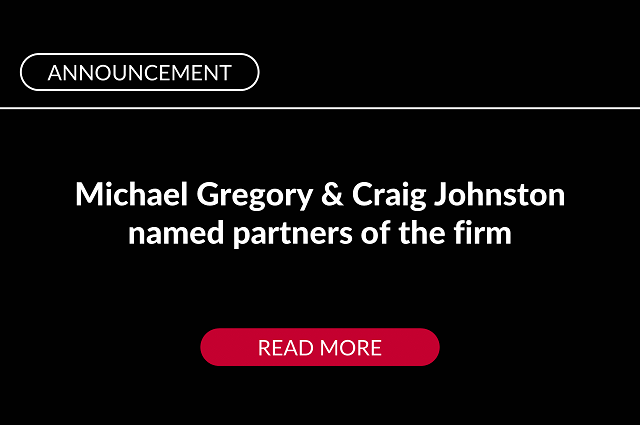“Today, brands are stories. (…) carefully developed and aimed at preidentified market segments whose wants, needs and expectations align with the intended benefits of the product.” – Henry DeLozier
But change can often bring about a mismatch between the story and the segments you want to attract. GGA’s Bennett DeLozier outlines how to determine whether your club’s visual identity is true to what it represents.
A lot of things have changed in the last decade. In politics, in society, in the environment we all share. This impacts how we feel, how we interact with each other, and what products and services we want to be a part of our everyday lives.
These changes are evident at the club level, too. Aspects of your club may be unrecognizable from what they were ten years ago, from membership categories, to club amenities, to the profile of your members, and even the culture of the club. Sometimes this change has come as a result of proactive planning, sometimes reactive necessity.
But while many clubs have changed dramatically, we often find the brand pillars and visual identity (logo, colors, mission, values, purpose, positioning, voice, tone, look-and-feel of the club) get left behind. In other words, the club is missing the opportunity to illustrate and communicate what makes it different, compelling, and worth someone’s interest.
Given the state of over-supply for clubs in most metropolitan markets, brand management which enables effective market differentiation is essential. But before embarking on a rebranding effort without professional guidance, clubs can and should seek to periodically assess the state of their brand identity and how compelling a proposition it is to target member or customer segments
Stick or twist
How do you go about assessing the current brand and the potential need for change?
First, club managers and leaders must understand the power of brand. This means knowing the market segments the club serves and those it aspires to serve in the future. It requires a grasp of buyer motivations and the reasons people are motivated to join the club.
Second, and in order to evaluate whether there is a need for change, you should engage your board in a strategic brand audit and follow a clear process, similar to the indicative one below:
1. Ask your members, past members, stakeholders, and staff for their thoughts via a bespoke survey.
It’s also valuable to solicit input on brand perceptions from those outside of your intraclub community, particularly from competitors and people with whom current and prospective members are likely to interact (such as realtors, local community groups, fitness centers, apartment complexes, senior living homes, or neighboring schools). This will (quickly) help you to gain a sense of how those most important to the club view it, and allow you to identify any potential mismatch between what the club is, and how it communicates that with the wider world.
2. Assess the costs and benefits of a brand change or an identity evolution.
For instance, how will repositioning the club’s brand help to open up new target customer segments? How might it affect your typical core customer base? What is the cost of any proposed change, both financial and perceptual?
This exercise need not be overly complicated, a good old-fashioned SWOT analysis (Strengths, Weaknesses, Opportunities, Threats) will cover off most of the key points to consider. Outline the opportunities and threats in a rational, pragmatic way to determine the most suitable outcome.
3. Marry your findings with your strategic plan.
How strong is the desire for change and how does this synchronize with your club’s future plans? It’s crucially important not to get drawn into making a decision for the now and foregoing any sense of futureproofing.
For instance, if you are set to launch a multi-sport facility and fitness center next year, are planning to unveil some luxury lodges the year after, and have been considering enhanced family programming for months, all this needs to be factored into the new identity you create.
Charting the future
Change is never easy. It feels uncomfortable. And risky. But sometimes standing still will only serve to do your club an injustice, poorly reflecting its attributes, story and emotional value to those that engage with it.
In that case, the benefits are there to be seized: appealing to new customer segments, futureproofing the club (socially and fiscally), and uniting those closest to the club around a clear sense of what it is and what it represents.













